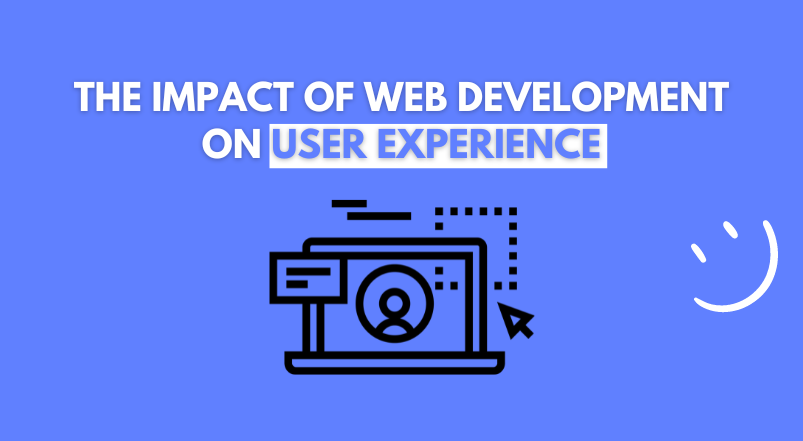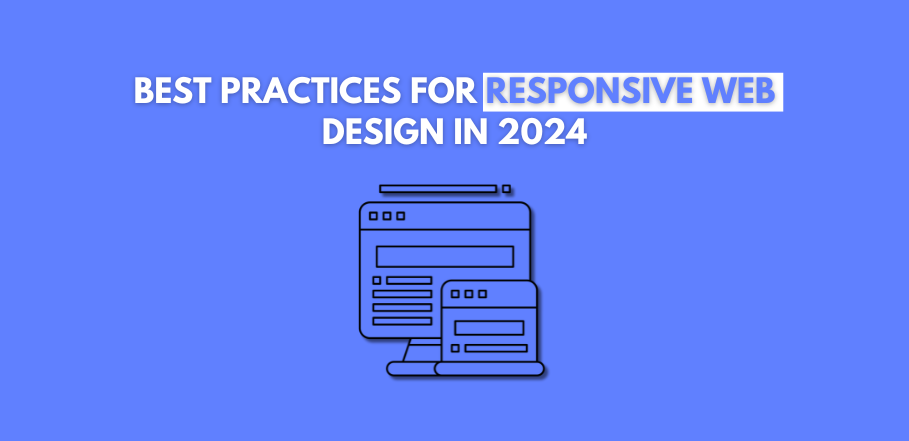
A Detailed Brief of Artificial Intelligence
Artificial Intelligence (AI) has rapidly evolved from a futuristic concept to an integral part of our daily lives and business operations. Understanding AI, its applications, and its potential impact on various industries is crucial for businesses looking to innovate and stay competitive. This detailed brief explores the fundamentals of AI, its key components, real-world applications, and future trends.
1. What is Artificial Intelligence?
Artificial Intelligence (AI) refers to the simulation of human intelligence processes by machines, especially computer systems. These processes include learning (acquiring information and rules for using the information), reasoning (using rules to reach approximate or definite conclusions), and self-correction. Key areas of AI include:
- Machine Learning (ML): A subset of AI that involves the development of algorithms that allow computers to learn and make decisions based on data.
- Natural Language Processing (NLP): Enables machines to understand, interpret, and respond to human language.
- Robotics: The design and creation of robots that can perform tasks autonomously or semi-autonomously.
- Computer Vision: The ability of machines to interpret and make decisions based on visual inputs.
2. The Evolution of AI
AI has a rich history, marked by periods of innovation and growth. Some key milestones include:
- 1950s: The term “artificial intelligence” is coined, and early AI research focuses on problem-solving and symbolic methods.
- 1980s: The advent of machine learning and expert systems, which mimic human decision-making.
- 2000s: Significant advancements in data availability and computational power lead to breakthroughs in deep learning and neural networks.
- 2010s: AI becomes mainstream with applications in various industries, from healthcare to finance and beyond.
3. Applications of AI
AI’s versatility has led to its adoption across numerous industries. Some notable applications include:
Healthcare
- Diagnostics: AI algorithms analyze medical images and data to assist in diagnosing diseases.
- Personalized Medicine: Machine learning models predict patient responses to treatments and tailor medical care.
- Robotic Surgery: Robots perform precise and minimally invasive surgical procedures.
Finance
- Fraud Detection: AI systems detect unusual patterns and transactions to identify potential fraud.
- Algorithmic Trading: Machine learning models analyze market data to make trading decisions.
- Customer Service: AI chatbots provide customer support and financial advice.
Retail
- Personalized Recommendations: AI analyzes customer behavior to recommend products.
- Inventory Management: Predictive analytics optimize stock levels and reduce waste.
- Customer Insights: AI tools analyze customer feedback and sentiment for better marketing strategies.
Manufacturing
- Predictive Maintenance: AI predicts equipment failures and schedules maintenance to avoid downtime.
- Quality Control: Computer vision systems inspect products for defects.
- Supply Chain Optimization: AI improves supply chain efficiency and reduces costs.
Transportation
- Autonomous Vehicles: AI powers self-driving cars and drones.
- Traffic Management: AI systems optimize traffic flow and reduce congestion.
- Logistics: AI improves route planning and delivery efficiency.
4. Benefits of AI
The integration of AI into business operations offers numerous benefits:
- Increased Efficiency: AI automates repetitive tasks, allowing humans to focus on higher-value activities.
- Enhanced Decision-Making: AI provides insights and predictive analytics to support data-driven decisions.
- Cost Savings: Automation and optimization reduce operational costs.
- Improved Customer Experience: Personalized interactions and efficient service delivery enhance customer satisfaction.
- Innovation: AI enables the development of new products, services, and business models.
5. Challenges and Considerations
Despite its potential, AI also presents challenges and ethical considerations:
- Data Privacy: Ensuring the privacy and security of sensitive data is crucial.
- Bias and Fairness: AI systems can perpetuate biases present in training data, leading to unfair outcomes.
- Job Displacement: Automation may lead to job losses in certain sectors.
- Transparency: Understanding and explaining AI decision-making processes can be difficult.
6. The Future of AI
AI continues to evolve, with several emerging trends shaping its future:
- AI and IoT Integration: The combination of AI and the Internet of Things (IoT) enables smarter and more connected devices.
- Edge AI: AI processing at the edge (near the data source) reduces latency and enhances real-time decision-making.
- Explainable AI (XAI): Developing AI systems that provide transparent and understandable explanations for their decisions.
- AI Ethics and Governance: Establishing frameworks to ensure the ethical and responsible use of AI.
Conclusion
Artificial Intelligence is transforming industries and reshaping the way businesses operate. By understanding AI’s fundamentals, applications, and potential, businesses can leverage this powerful technology to drive innovation, improve efficiency, and enhance customer experiences. At EZ Brand Builders, we are dedicated to helping businesses harness the potential of AI to build strong, recognizable brands and stay ahead in the competitive digital landscape. As AI continues to evolve, staying informed about its developments and best practices will be essential for businesses looking to thrive in the future.






